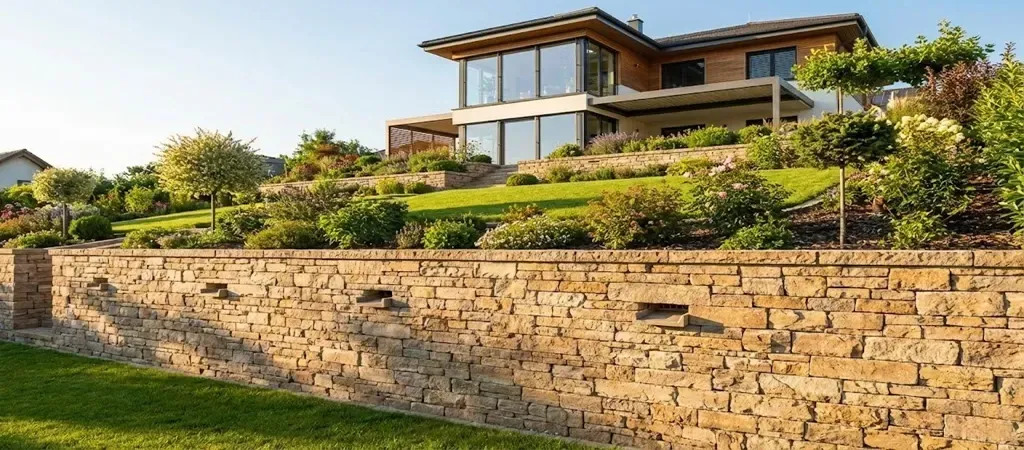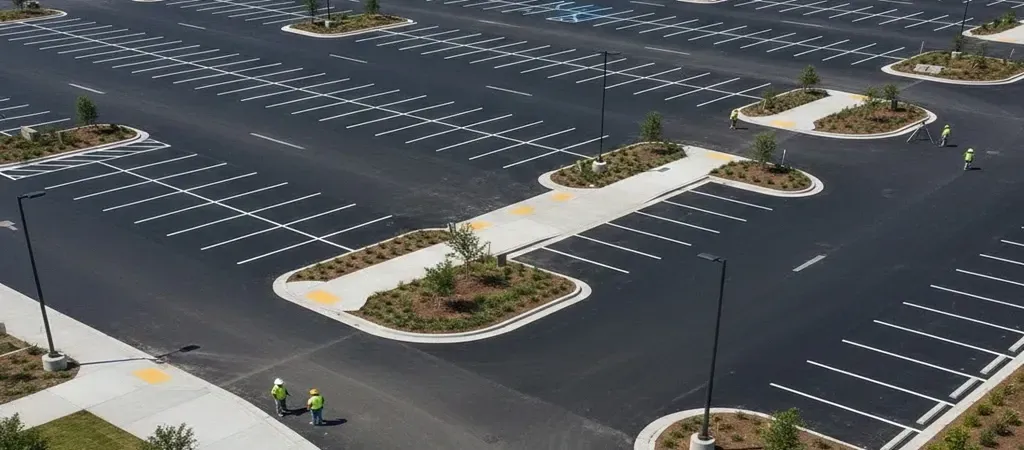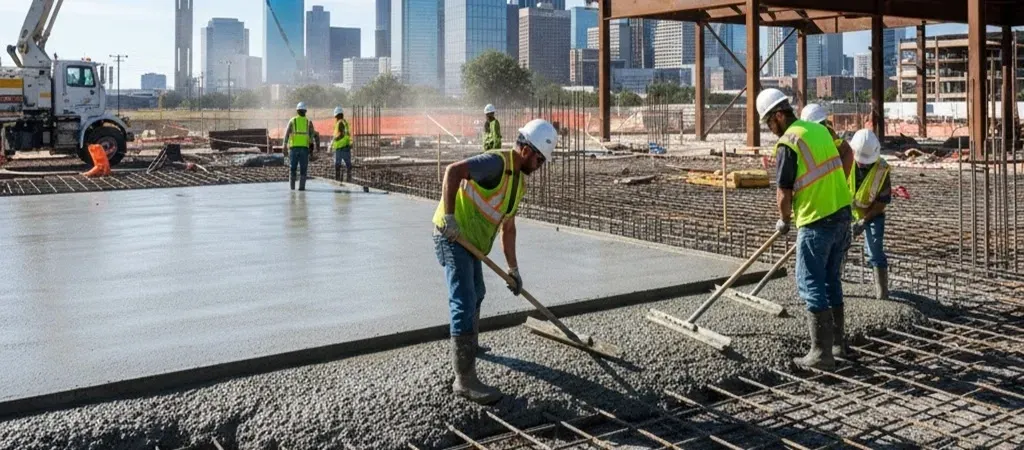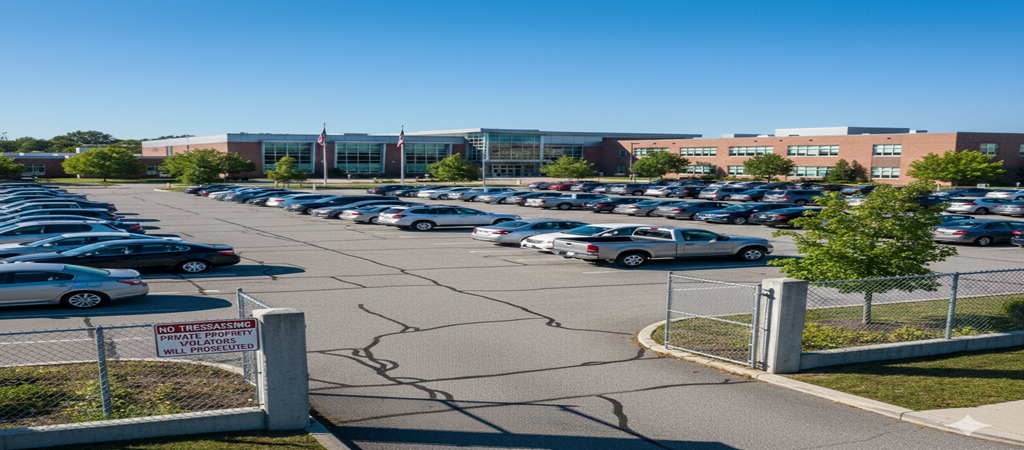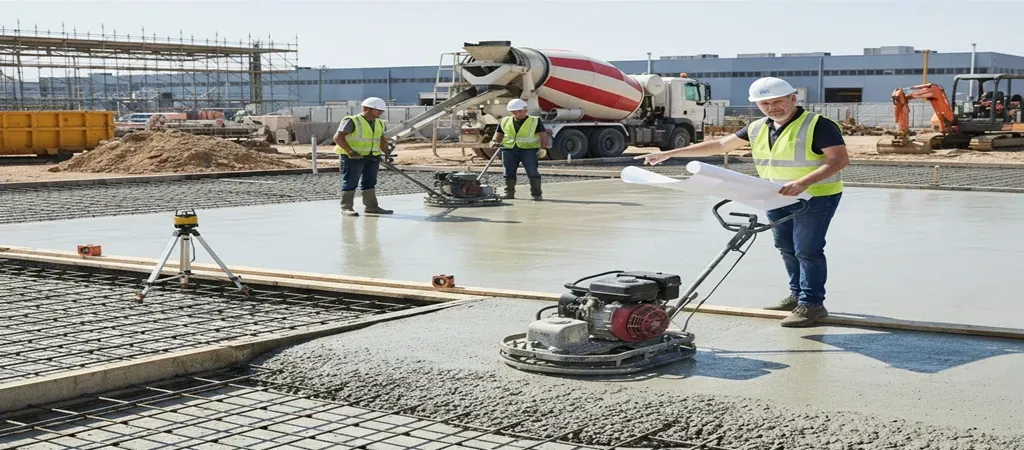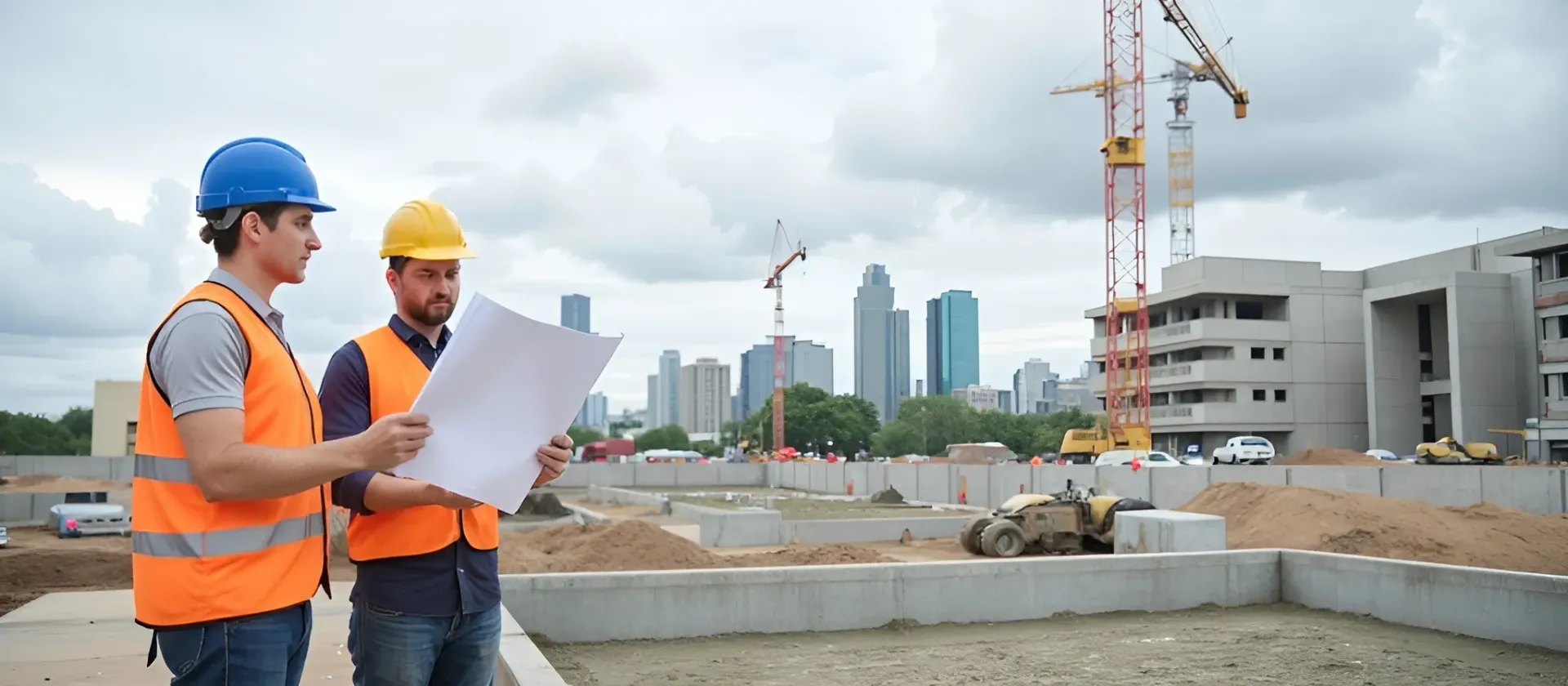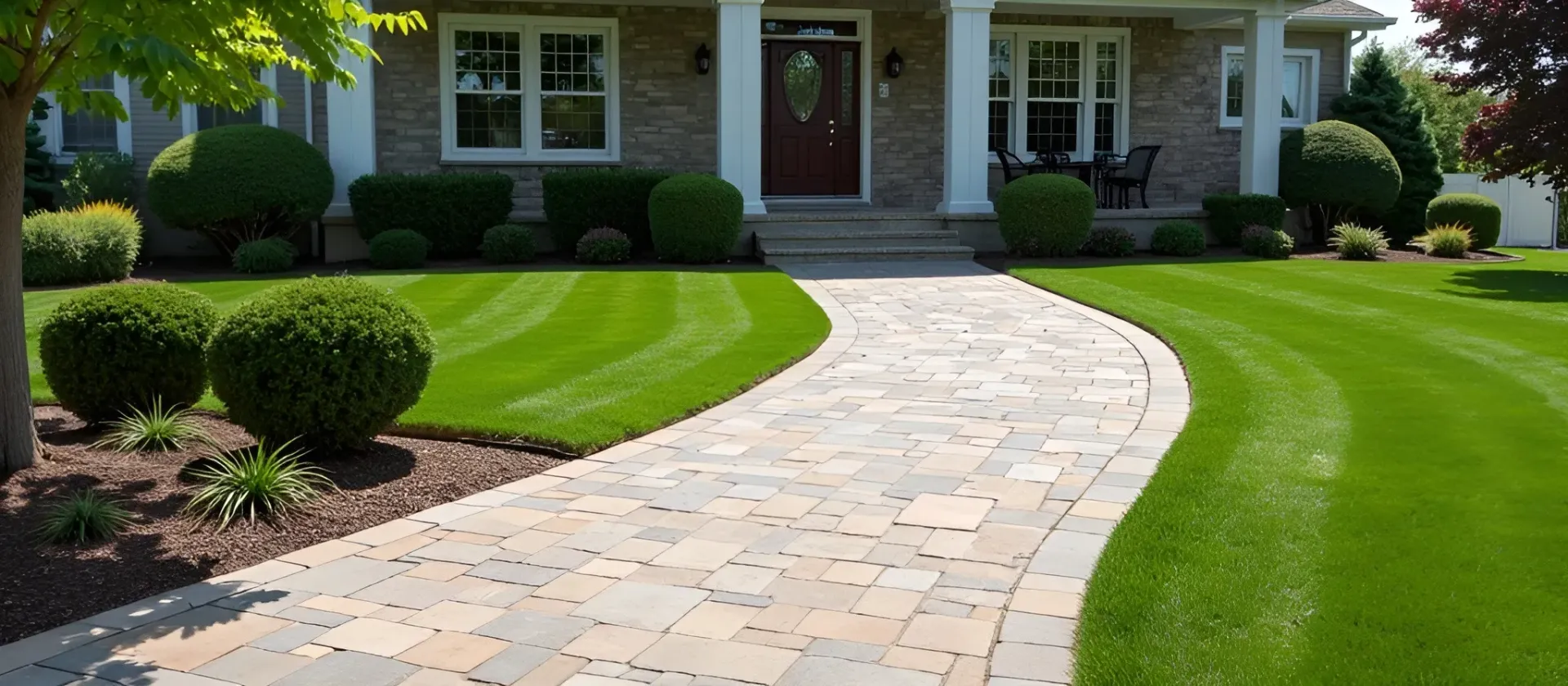Why Is Colored Concrete Becoming So Popular?
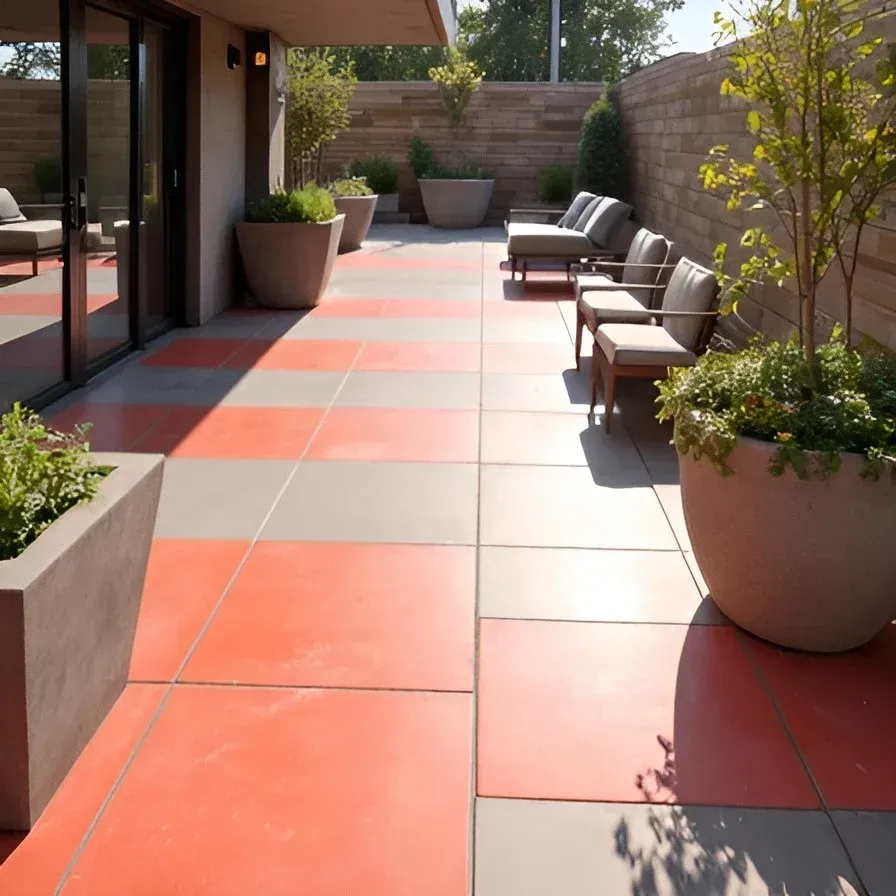
It is one of the most flexible materials on the market, and the variety of ornamental applications is just beginning to be explored. You can add an entirely new appeal and creativity to your home or construction project by coloring concrete.
Colored concrete's durability is the primary reason it's so famous worldwide. Weatherproof means that concrete can survive the elements in all of its forms, which is true of all types of concrete. Other building materials will not last as long as this one because of their resistance to erosion.
Contrary to popular belief, colored concrete can be colored to match pre-existing structures. It is just as adaptable and straightforward to use as plain old concrete. The bright colors and designs can help your house or project blend in with its surroundings or make a statement among the other structures in the area.
It is possible to color concrete in various ways, each with its advantages and disadvantages.
Intuitive Coloration
You cannot use this approach on pre-existing slabs because the color is infused into the concrete during the pour. Before placing the mixture, the pigment is added. You can find liquid, granular, and powdered versions of these pigments in various earth tones.
Because of the richness of these hues, natural-looking concrete is possible. A deep ruby hue contrasts with the practical grey of conventional concrete in a lush backyard. Another advantage of colored concrete is that it is made from a single material.
Because the color is woven into the fabric, it is impervious to wear, chipping, or fade. Because of this, it works well as a stand-alone colorant or as a starting point for other coloring techniques like stains and hardeners.
Staining
Staining new or existing concrete is a terrific technique to get a deeper, richer color. Natural-color stains, like those found in stones, are the most common. Acidic in nature, the stains react chemically with the concrete applied.
This reaction causes the concrete to appear mottled and necessitates the neutralization of the acid. Before using a sealer, M must thoroughly clean the concrete.
Given the stains penetrate the concrete's exterior while remaining semi-transparent; they cannot hide existing flaws in the surface finish. Unlike paint, stains are UV-resistant, which won't fade in direct sunshine.
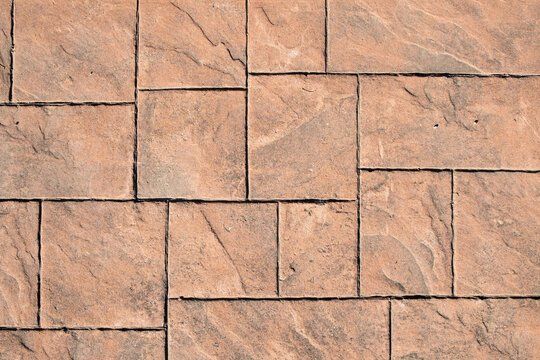
Hardeners for Colored Paints
You can harden both natural and less earthy colors with color hardeners. A combination of paints, silica, wetting agents, and Portland cement is used to create the powder form. After sprinkling the powder over freshly poured concrete, it can be shaken and spread.
For stamped concrete, hardeners are typically utilized since the imprints are more visible and can include more color changes. The concrete can also be more resistant to chemicals used in deicing and moisture by adding these additives. Color hardeners are ideal for outdoor use due to their more lasting surface.
Applying color hardeners is the most troublesome aspect of the product. The powder, which will attach to adjacent objects and vegetation, could be picked up by the wind. It is also possible for indoor applications to be filthy, leading to respiratory issues for those near the area being used.
Colors and Dyes
Using dyes is the best approach to get the brightest color possible. You can contact hues other than green and brown if you'd like, such as purple and blue. Creating patterns and images are among the most common uses.
Sprayers, brushes, and sponges are standard tools for applying dyes to existing concrete. Most of the time, the stains are acetone or water-based and are then cleaned off with water or a cleaner.
The color is absorbed into the concrete as soon as it is mixed and applied. More than one layer can produce an exceptionally brilliant surface, but you can also blend several colors for a unique outcome. You are using more than one coat.
Benefits of Colored Concrete Include the Following:
· Long-lasting
Concrete is a long-lasting and low-maintenance material that will last for many years. For example, if you're looking for a long-term and cost-effective solution for your floors, surfaces, or other objects that add a dash of color, you can consider colored concrete. Colored concrete driveways are achievable because of the medium's endurance.
· Flexible
When it comes to design, concrete is significantly more versatile than many other building materials since it is easily moldable. In addition, there are a wide variety of textures to choose from, allowing you to achieve about any effect you can imagine.
· Consistency of Hues
Not only may you choose from a broad variety of colors, but colored concrete is dyed so that every batch is the same color, ensuring that your design and the concrete you use will be consistent and attractive.
· Resistant to Fading
It doesn't matter if you use colored concrete indoors or outdoors; it won't lose its color when exposed to sunlight. That is an added benefit of using colored concrete.
You won't have to bother about repainting your surfaces with colored concrete, which saves you both time and money in the long run.
Colored concrete offers several advantages, and Aggregate Industries has compiled a list of them.
Uses for Colored Concrete
It's more expensive to use colored concrete, but the result is worth it because it will make your project stand out, and the material allows you to experiment with a wide range of different effects.
For the most part, manufacturers can pick and select from various hues. Colorful concrete masterpieces can be created using multiple colors, from grey to orange and yellow. More colors can be made bespoke to meet your specific needs, which is even better.
Colored concrete is a material used practically everywhere and will bring a stylistic feature to your project. Architecturally, colored concrete can be utilized to create a focal point in a room, such as a unique colored fireplace surround or a contemporary kitchen worktop.
It might also be used in a home gym, office, or garage as a flooring option. The weather-resistant concrete means utilizing colored concrete outside, such as on your driveway or patio.
